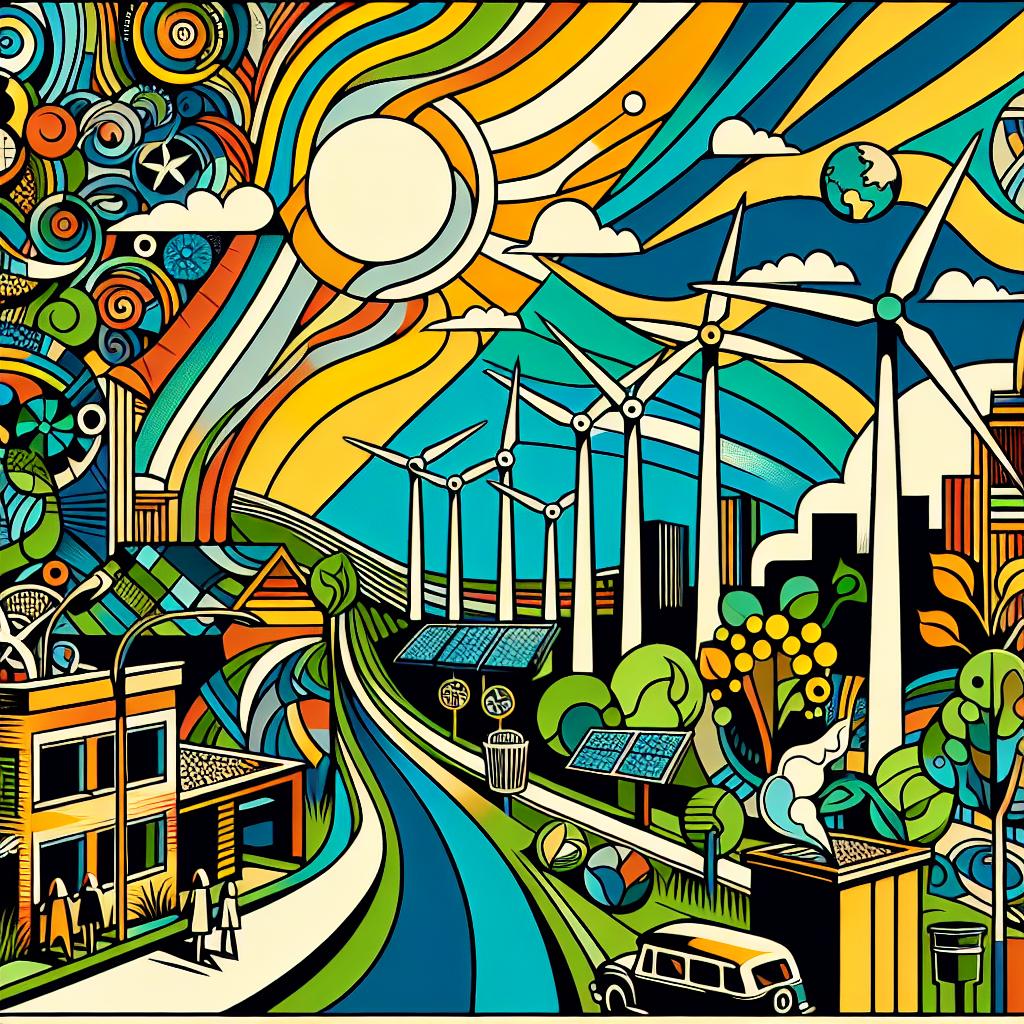A Historical Overview
In the early days of the Republic, the role of the Vice President often seemed more ceremonial than powerful. Initially, this position was viewed as an afterthought, reserved for the second-place candidate in presidential elections. The Vice President’s influence was notably limited, constrained by the absence of defined responsibilities and a lack of public visibility. Historical figures like John Adams and Thomas Jefferson, though accomplished men, did not wield significant power during their terms as Vice Presidents. Instead, they waited in the wings, overshadowed by the more prominent role of the President.
Changing Responsibilities and Increased Visibility
Fast forward to the late 20th century, and the expectations placed upon Vice Presidents began to shift dramatically. Vice Presidents have since taken on more active roles in policy formation and governance, reflecting changing political dynamics and increasing demands within the executive branch. The growing complexity of national and international issues required a broader array of consultations and collaborations alongside the President.
One notable shift was exemplified by Vice President Al Gore during the Clinton administration, who was deeply involved in the work surrounding environmental policies and technology initiatives. His significant public presence and policy advocacy set the groundwork for future Vice Presidents, notably Kamala Harris.

The role of the Vice President has transformed over recent decades, with figures like Kamala Harris undertaking more proactive policy and diplomatic duties.
Contemporary Influence: Kamala Harris’s Impact
Kamala Harris’s tenure represents a peak of an evolving tradition where the Vice Presidency has blended policy responsibilities with high-level diplomacy. Her ascension in 2020 as the first female Vice President of the United States, as well as the first woman of African American and Asian American descent, signifies a critical juncture not only in the Vice Presidency but also in American politics as a whole.
Within her role, Harris has actively engaged in pivotal policy discussions affecting issues ranging from climate change and immigration reform to economic recovery in the wake of the COVID-19 pandemic. This hands-on approach aligns with the expectations set forth by a changing electorate, which increasingly demands direct involvement from government officials at all levels. Harris represents a model of modern vice presidential influence where one does more than merely await a future presidential bid; instead, she embodies the duties and responsibilities of her office with vigor.
The Broader Dynamic of Power
This expansion of the Vice President’s role reflects significant broader changes within U.S. political dynamics. The demands of the presidency itself have intensified in recent administrations, necessitating greater collaboration from all branches of the administration. It illustrates how Vice Presidents now operate as critical players rather than as secondary partners.
While some may argue that this trend opens the office to potential role creep, leading to friction between the President and Vice President, it could also be viewed as a necessary evolution in a system increasingly characterized by specialization—where experienced players in government touch on various aspects of policy implementation.
Statistical Sampling of Influence
Research and opinion polling indicate that the modern Vice President has considerable clout in shaping both party and public sentiments around key national debates. According to recent polling data from Gallup, approximately 58% of Americans believe that the Vice President is “at least somewhat influential” on the government’s agenda. This is a stark contrast to sentiments from prior decades when those holding the office were typically not associated with high levels of influence.
The role that Harris plays, especially with respect to specific policy areas such as minimizing inequalities and catalyzing international coalitions for climate action, exemplifies how she utilizes not only her visibility but also significant responsibility to forge a path toward meaningful legislative outcomes.
Conclusion: The Future of the Vice Presidency
As the Vice Presidency continues these central themes of engagement, accountability, and policy innovation, it shapes a new narrative around leadership roles in the U.S. political system. Figures like Harris represent a synthesis of tradition and modernity, carving spaces where increased bureaucratic efficacy can result from dual-pivoted roles between the President and Vice President.
Historically, the influence of the Vice President has evolved dramatically, adapting to the evolving landscape of American governance. As these executives solidify their roles amidst a growing populace with distinct political aspirations, the legacy of Vice Presidents will likely grow in both influence and importance.



